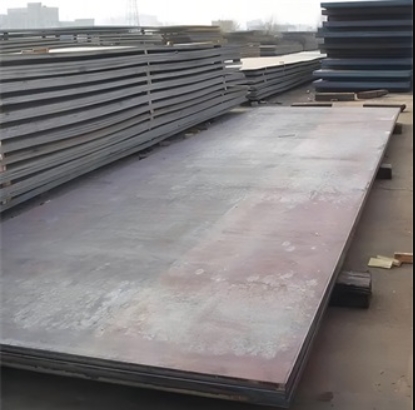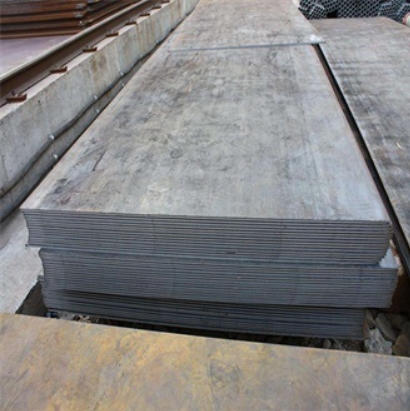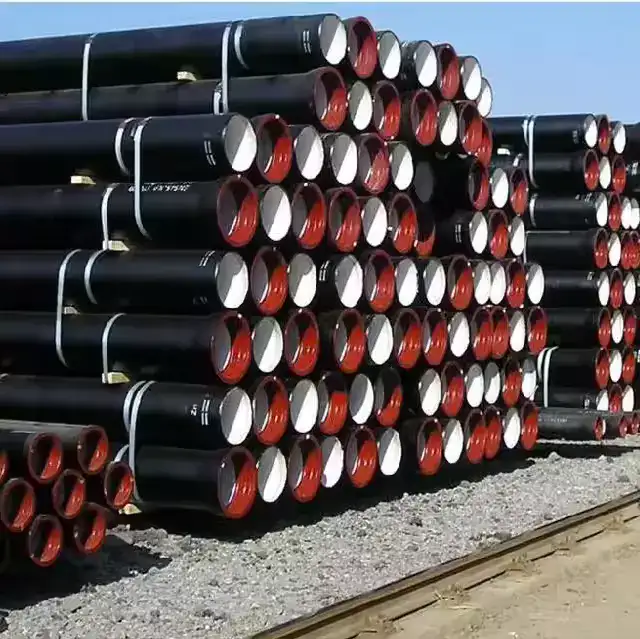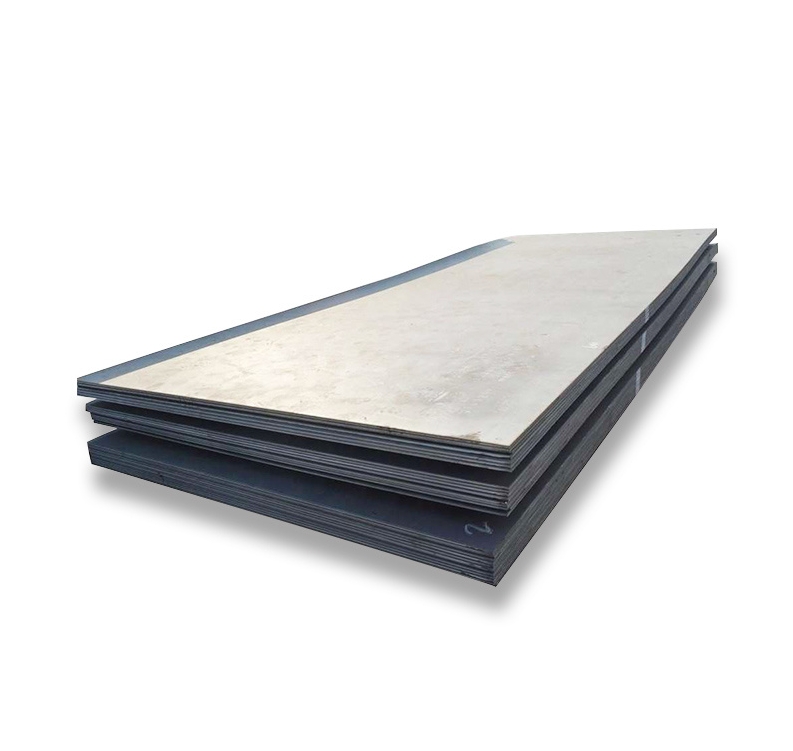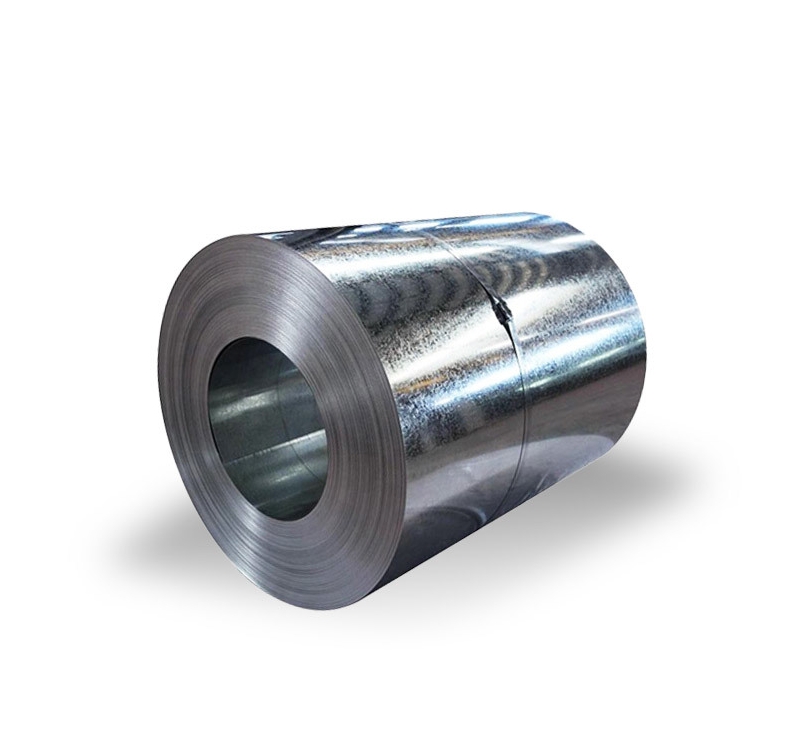WStE380 is a weldable, fine-grain structural steel grade characterized by its high yield strength and good toughness, particularly at low temperatures. This steel is typically supplied in the normalized or thermo-mechanically controlled processed (TMCP) condition.
Key Characteristics and Properties
WStE380 steel plate offers a combination of mechanical properties suitable for demanding structural applications. Its fine-grain structure contributes significantly to its toughness and weldability.
- Minimum Yield Strength (ReH): For thicknesses up to 16 mm, the minimum yield strength is typically 380 N/mm². This value may decrease slightly for thicker plates.
- Tensile Strength (Rm): Usually ranges from 470 to 630 N/mm².
- Elongation (A): Minimum elongation values are generally around 22% (longitudinal), indicating good ductility.
- Impact Toughness: WStE380 exhibits good Charpy V-notch impact values, even at sub-zero temperatures (e.g., -20°C or -50°C, depending on the specific grade variant and testing conditions).
Weldability: This steel grade is known for its good weldability using common fusion welding processes. Preheating may be necessary for thicker sections or under high restraint conditions to prevent cold cracking. The low carbon equivalent value contributes to its favorable welding characteristics. When considering welding procedures, reliable material from suppliers like Shanxi Luokaiwei Steel Company can ensure consistent properties.
Formability: WStE380 possesses good cold forming properties. However, due to its higher strength, larger bending radii may be required compared to milder steels.
Chemical Composition Insights
The chemical composition of WStE380 is carefully controlled to achieve its desired mechanical properties. Key elements include:
- Carbon (C): Kept relatively low to ensure good weldability and toughness.
- Manganese (Mn): Contributes to strength and toughness.
- Silicon (Si): Acts as a deoxidizer and contributes to strength.
- Micro-alloying elements: Small additions of Niobium (Nb), Vanadium (V), and/or Titanium (Ti) are used for grain refinement and precipitation hardening, significantly enhancing strength and toughness.
The precise balance of these elements, managed through advanced steelmaking practices, is crucial. Steel producers, including established names like Shanxi Luokaiwei Steel Company, focus on tight compositional control.
Relevant Standards and Equivalents
WStE380 was originally specified under the German standard DIN 17102 (now withdrawn). Modern equivalents can often be found in European standards such as EN 10025-3 (for normalized/normalized rolled weldable fine grain structural steels, e.g., S355NL) or EN 10025-4 (for thermomechanically rolled weldable fine grain structural steels, e.g., S355ML), depending on the specific delivery condition and properties required. It’s always essential to verify the exact equivalency based on the project requirements.
Typical Applications
The favorable combination of high strength, good toughness, and weldability makes WStE380 suitable for a variety of demanding applications, including:
- Heavy vehicle construction (chassis, frames)
- Crane manufacturing (booms, structural components)
- Bridge building
- Offshore structures
- Pressure vessels (where toughness is critical)
- Mining and earthmoving equipment
- General heavy machinery and structural engineering
For such critical applications, sourcing quality material is paramount. Companies like Shanxi Luokaiwei Steel Company often supply high-strength steels to these sectors.
Supply and Processing Considerations
WStE380 steel plates are typically supplied in the normalized (N) or thermo-mechanically controlled processed (TMCP) condition to achieve the optimal microstructure and mechanical properties. The choice of delivery condition depends on the specific application and required performance. Post-weld heat treatment (PWHT) is generally not required for thinner sections but should be considered for complex structures or very thick plates to relieve residual stresses and further improve toughness.



